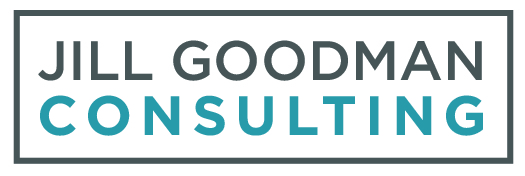Who Is In Charge Here?
My neighbor's tiny dog was killed last week. She was walking her dog in the middle of the day, as she does every day, and a large dog, known to be violent, burst free from its yard, ran across the street, and killed the tiny dog. It happened in an instant. The neighborhood was in an uproar. The police were called, and lawsuits were filed. How could this happen, everyone wondered?
Neighborhoods are communities. Some have rules that set parameters for behavior within the community in the form of covenants by a homeowner’s association, renters' alliance, or co-op. Our neighborhood does not have that. When we were younger and bought our home, the idea of a neighborhood with no rules, no dues, and no governing body sounded like a utopia.
As time went on and neighbors came and went, each arrived with their own set of understandings about what a neighborhood should be based on their expectations, needs, and knowledge of how communities familiar to them operated. Disconnects and misunderstandings arose. Some neighbors spent time picking up trash, and others didn't. Some drove loud cars late at night, and others didn't. Some mowed their lawn, and others not so much. Some kept violent animals as pets, but most did not.
Without a clear code of conduct and expectations for all community members, we are all nervous, watchful, and quick to judge. It is an atmosphere that is not conducive to community-building.
As school leaders, we spend time talking about our school community. We talk about how to create community, foster community, and uphold and value each community member with their own expectations and needs. School leaders are in a bind, trying to accommodate all needs of all people, each with their understanding of what the school should be. It's a nearly impossible situation.
A recent conversation with a school leader reinforced this for me. In the last three years, the school changed radically. New families flocked to the area during the pandemic. The school enrolled 800 students in 2019 and now has 1200 students. The new families are wealthier, more liberal, and more demanding of time and attention from faculty and staff as they acclimate to their new home and community. The school is finding that its community is culturally and ideologically divided. Rules of engagement were once assumed since everyone was so similar, but now they need to be spelled out. The school's brand messages and value propositions are unclear since it cannot deliver on those promises in the same way, given its rapid growth and demographic change. The admissions team is still determining who is mission-servable and who is not. The faculty must work harder to navigate classroom issues and discussions because of new and disparate views.
When I talked about the next big thing on the horizon for schools, this was one of those things: school culture and community. Schools work best when expected codes of conduct for students, parents, and faculty are clearly spelled out. Your school may have also changed during the pandemic, and now is the time to consider what pieces of the school's policies and codes still make sense and which require revision.
The clearer you are about your school's mission, vision, and philosophy and how that is interpreted in all divisions, the clearer you can be with prospective and current parents, students, and faculty about the rules of engagement at your school. We are not a society that seems to value a lot of rules, and we value independent thinking and freedom. But chaos ensues without frameworks for behavior and expectations in each realm of society.
The author, Jill Goodman, is a consultant working with independent school leaders to advance their school’s mission, enhance their processes, and bolster their skills. Learn more about all services here.



